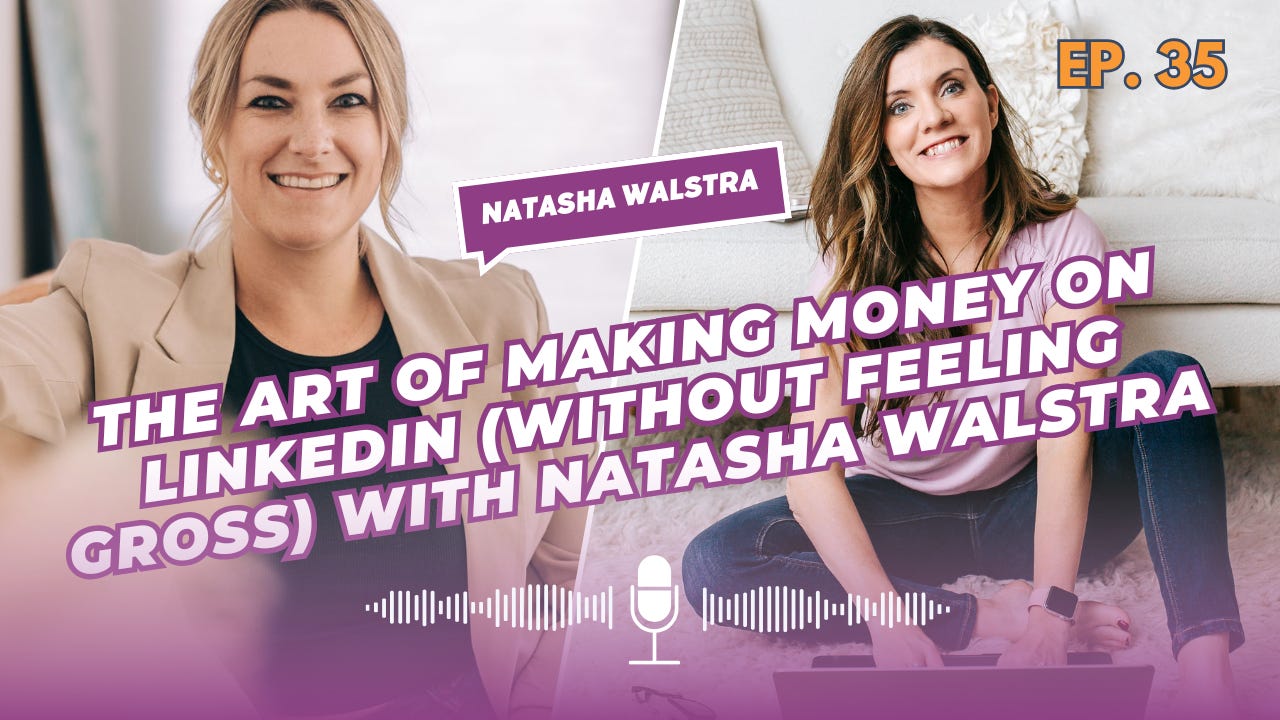Why Bad UX Is Costing Businesses Billions (And No One Talks About It)
Your website is bleeding money—but not for the reasons you think.

A few months ago, I was trying to buy a last-minute gift online.
I found the perfect item, added it to my cart, and clicked checkout—only to be met with a broken form, a confusing login process, and a page that reloaded so slowly I could’ve driven to the store instead.
Frustrated, I abandoned my cart.
Turns out, I’m not alone.
Businesses lose $260 billion every year due to bad user experience (UX). That’s more than the GDP of Portugal—vanishing into the digital void because companies refuse to fix clunky checkout flows, slow-loading pages, and unintuitive interfaces.
The Real Cost of a Frustrating Digital Experience
Companies pour millions into ads, SEO, and social media to drive traffic to their websites—but here’s the kicker: if the experience sucks, people won’t convert.
Some hard truths:
88% of online consumers won’t return to a website after a bad experience.
53% of users will leave if a mobile site takes longer than 3 seconds to load.
A 0.1-second delay in page load time can slash conversion rates by 7%.
Imagine spending thousands on ads to bring customers in, only for them to leave because your website makes checkout feel like an obstacle course.
The Subtle UX Disasters That Are Wrecking Your Revenue
Bad UX isn’t always obvious—it’s often a collection of tiny annoyances that add up. Here’s where businesses are quietly losing money:
Slow Load Times: Amazon found that every 100ms of delay cost them 1% in sales. If speed matters for a trillion-dollar giant, it matters for you.
Confusing Navigation: If users can’t find what they’re looking for in three clicks or less, they’re gone.
Overcomplicated Checkouts: 69% of shopping carts are abandoned—often because sites demand unnecessary info or require account creation.
Poor Mobile Optimization: More than half of web traffic is mobile, yet too many sites still prioritize desktop experiences.
Annoying Pop-Ups & Forms: Users are tired of dodging aggressive pop-ups just to read content or complete a simple purchase.
Every extra second, every unnecessary click, and every frustrating interaction quietly drains revenue.
Why Businesses Still Ignore UX (Even Though It’s Killing Their Sales)
If bad UX is such a massive problem, why don’t businesses fix it?
They Think UX Is Just Design – UX isn’t just about making things look pretty; it’s about how effortlessly users move through your site and take action.
They Focus on Traffic, Not Conversion – Companies obsess over marketing but ignore the fact that traffic means nothing if users can’t complete a purchase.
They Underestimate the Power of Small Fixes – A/B testing minor UX changes (like a better CTA button) can result in massive revenue increases, but many businesses never bother.
How to Stop Losing Money to Bad UX
Fixing UX isn’t just about aesthetics—it’s about making more money. Here’s where to start:
Improve Site Speed: Compress images, use caching, and upgrade hosting if necessary. Speed matters.
Simplify Checkout: Reduce the number of fields, allow guest checkout, and integrate autofill options.
Prioritize Mobile Optimization: If your site isn’t mobile-friendly, you’re losing half your potential customers.
Make Navigation Intuitive: Users should find what they need instantly, without clicking through endless menus.
Test & Iterate: Use heatmaps, A/B testing, and real user feedback to constantly refine the experience.
The Bottom Line: UX = Profit
Bad UX isn’t just frustrating—it’s expensive. The companies that obsess over seamless, frictionless digital experiences are the ones that win.
So next time your marketing team asks for more ad budget, ask yourself: Are we losing customers before they even convert?
Because in the world of digital business, a great user experience isn’t a luxury—it’s a billion-dollar necessity.
We also have a podcast dropping today!
Most People Get LinkedIn Completely Wrong
I just had a conversation with Natasha Walstra on The Queen of Automation podcast, and we both agreed: LinkedIn isn’t about selling, it’s about starting the right conversations. But most people post like they’re in a corporate meeting, send awkward cold DMs, or treat LinkedIn like a billboard instead of a networking tool.
Natasha shared how she built a thriving business by making small shifts that bring clients to her, without pitching. We break down why most LinkedIn strategies fail, how to create real engagement, and what actually works.
Click here to tune in.



